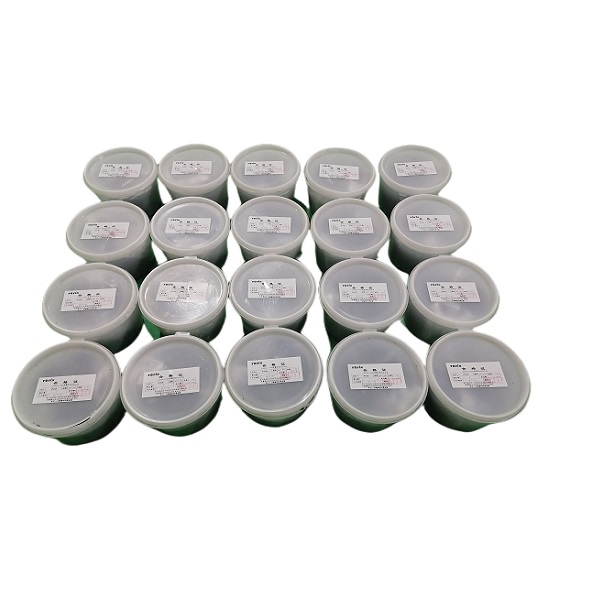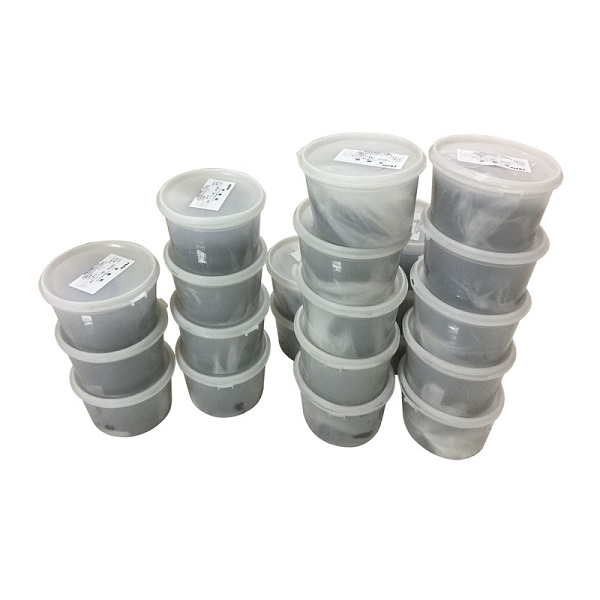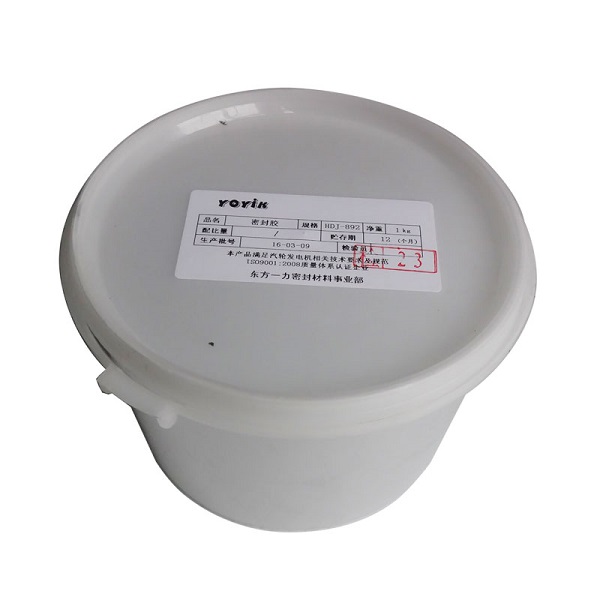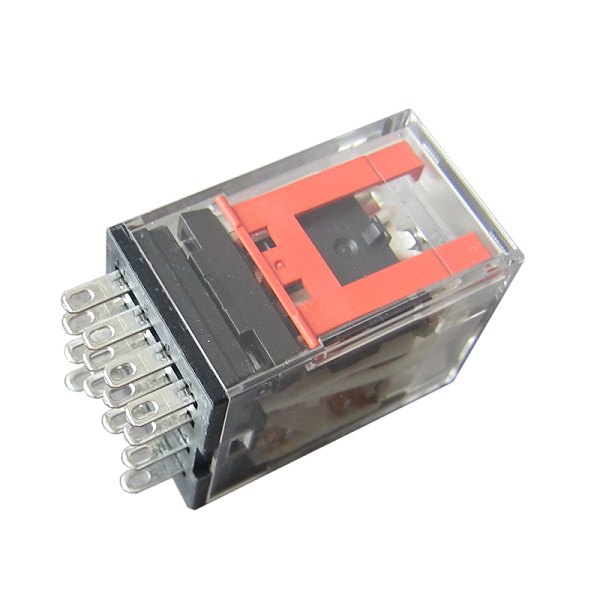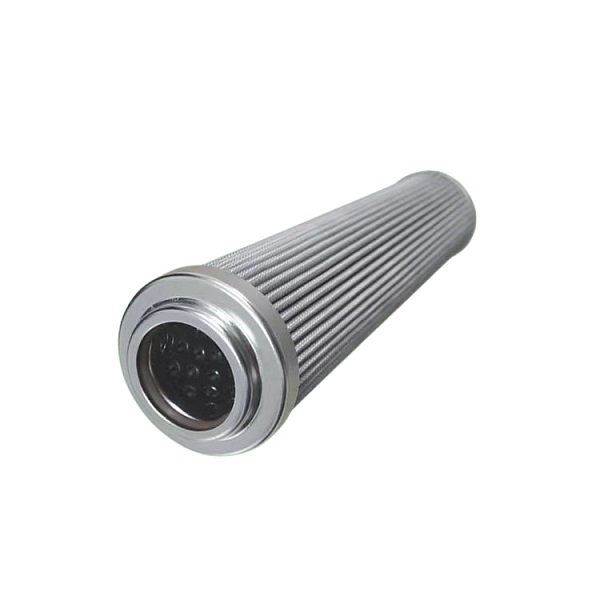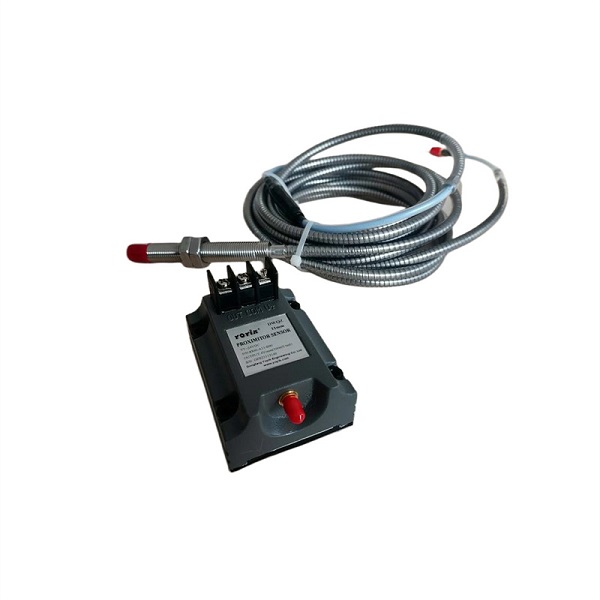Glue Sealing Rubber HEC-892 is a versatile sealing material mainly used for hydrogen sealing in high-capacity hydrogen cooled steam turbine generators for thermal power generation. It can also be used for sealing radiator hose connections, and can even replace water pump packing as a gasket for gearboxes containing oil and grease. During use, we need to pay attention to the following points:
1. Rheological properties of Glue Sealing Rubber HEC-892: Sealant HEC-892 has rheological properties, and there are two commonly used types of sealants: non thixotropic self-leveling and thixotropic non collapse. Non thixotropic self-leveling sealant can be leveled after construction and is suitable for horizontal surfaces and other areas; Thixotropic non collapsing sealant sometimes appears as a paste and cannot be leveled, suitable for vertical surfaces and other areas. Therefore, during use, appropriate sealant should be selected according to the actual application scenario.
2. Viscosity of Glue Sealing Rubber HEC-892: The liquid sealing viscosity of sealant HEC-892 shall not exceed 500Pa. s. If the viscosity exceeds this value, the adhesive will act like putty or paste and no longer have good sealing performance. Therefore, during use, it is important to check the viscosity of the sealant to ensure that it is within the appropriate range.
3. Chemical stability of sealant HEC-892: The formula of sealant HEC-892 should consider the influence of chemical substances on it. Chemical substances can cause the sealant to decompose, shrink, expand, become brittle, or become permeable. For example, some sealants can absorb a small amount of water, which can affect their aging resistance and chemical corrosion resistance; and other single component sealants need to absorb moisture to crosslink and solidify. Therefore, during use, attention should be paid to the compatibility between the sealant and the contact material to avoid a decrease in sealing performance caused by chemical reactions.
4. Construction environment for Glue Sealing Rubber HEC-892: During the construction process, it is necessary to ensure that the ambient temperature, humidity, and ventilation conditions are suitable. Excessive or insufficient temperature and humidity can affect the curing speed and performance of the sealant. At the same time, good ventilation conditions help the solvent in the sealant evaporate, ensuring the sealing effect.
5. Storage of Sealant HEC-892: Sealant HEC-892 should be stored in a cool, dry, and ventilated place, avoiding direct sunlight and high temperature environments. Sealed storage can prevent the sealant from absorbing moisture and impurities from the air, ensuring its stable performance.
6. Construction tools for Glue Sealing Rubber HEC-892: During the construction process, suitable tools such as scrapers, glue guns, etc. should be used. Ensure uniform construction and avoid defects such as bubbles and voids. After the construction is completed, tools should be cleaned in a timely manner to avoid difficulty in removing the sealant after it solidifies.
In summary, when using Glue Sealing Rubber HEC-892, attention should be paid to its rheological properties, viscosity, chemical stability, construction environment, storage conditions, and construction tools. Only by using and maintaining sealant correctly can its sealing performance be ensured and its service life is extended.
Post time: Jan-19-2024


